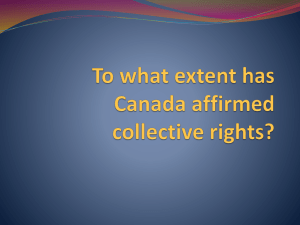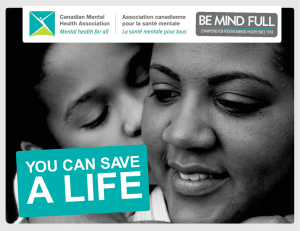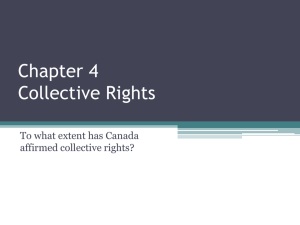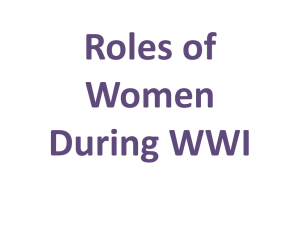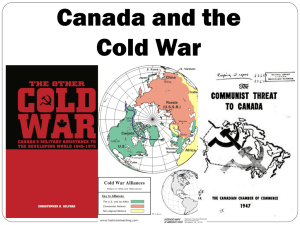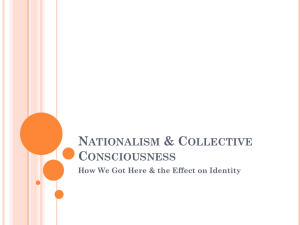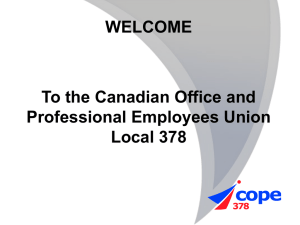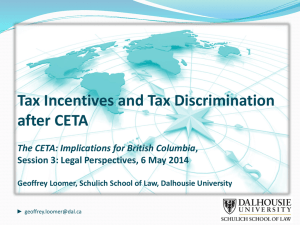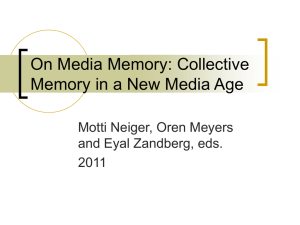Chapter 4
advertisement
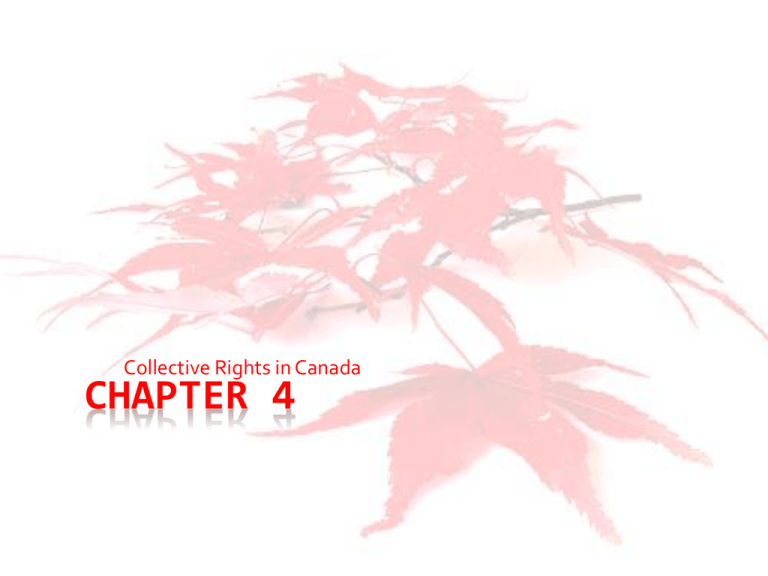
Collective Rights in Canada CHAPTER 4 Your identity as an individual describes who you are. This identity is unique based on your personal characteristics, values, experiences, and personal interests. Stop and think about what defines your individual identity. Part of your individual identity includes the cultural group you belong to and the place you are living. Are you a Canadian citizen? You may be a Canadian and also belong to another cultural group. Perhaps you're a member of Canada's First Nations, for example, or Inuit. Or maybe you're a Francophone or have a Ukrainian heritage. As a Canadian, you have a Canadian identity. Stop and think what defines a Canadian identity. Your individual identity is also influenced by the groups or collectives that you belong to. Think about a group that you may belong to in your community. Do you participate in a group sport, play in a band, or attend a local boys or girls club? Perhaps you are a member of a youth group. Each group has its own collective identity. The collectives you belong to help to define your individual identity. Identifying Identity Canadian identity is based on strong values shaped by our history and our diversity. Canadian values are part of the identity that describes who we are within the global community as well. You are part of the Canadian collective. You share common traits with other Canadians. Your individual identity is influenced by the fact that you are part of that Canadian collective. Part of your individual and Canadian identity is the rights and freedoms guaranteed under the Charter of Rights and Freedoms. Every individual in Canada, whether they are a Canadian citizen or a permanent resident, has individual rights. The foundation of Canada’s history is based on histories of the Aboriginals (First Nations, Métis, and Inuit), Francophones, and Anglophones. The Canada that we know today would be very different without the contributions of these three groups. Collective rights for these founding groups are based on historical legislation and constitutional rights. Collective rights in Canada are rights guaranteed to these founding groups. As a citizen of Canada, you have many The special groups that have guaranteed collective rights include the founding peoples of Canada: Aboriginal peoples, Francophones, and Anglophones. The federal government has established collective rights to assist in protecting the collective Canada extends the protection of rights to identity of each group. certain collectives or special groups. This collective: a group that shares protection of rights, called collective or is motivated by a common rights, is guaranteed in the Canadian interest constitution. No other country has this type of legislation to protect the collective collective right: a group right as opposed to an individual rights of a specific group. Not every right collective, however, enjoys this type of Collective rights are protection. guaranteed to Aboriginal While there are many Canadian peoples, Francophones, and collectives, Canada has recognized the Anglophones based on importance of three collectives through historical and constitutional their protection in Canadian law. reasons. opportunities in life, including a good education, a healthy lifestyle, and the chance to be involved in political decision making. These are a few of your individual rights as a Canadian. Many nations, such as the United States, Britain, and Australia, have similar opportunities. Inquiry Activity One collective that every Canadian belongs to is the country Canada. Canada is a unique country. What makes Canada unique? You might say that Canada is unique because of its diversity and multiculturalism; or because it has a Charter of Rights and Freedoms that protects individual and collective rights; or maybe because Canada is geographically the second largest country in the world. What can you think of that would be part of the Canadian collective identity that makes Canada unique? Identify “Trudeau, Niagara Falls among top Canadian icons, poll finds” for a description of Canadian icons, symbols, events, or things. Complete the I Am Canadian activity. Consider Canada’s collective identity. What symbols, events, or icons described in the article “Trudeau, Niagara Falls among top Canadian icons, poll finds” would be part of Canada’s collective identity? Make sure you explain why they are Canadian Icons. The image on the right displays a simplified description of the human rights as outlined in the United Nations Declaration of Human Rights (UNDHR). As you explored in Module 2, globally, everyone is entitled to these rights. Imagine you lived in a world where it was believed that one culture was better than, or superior to, any other. This is the definition of ethnocentrism. Based on this ethnocentric philosophy, everyone who lives in this world who is not a member of this supposedly superior group would be expected to lose their cultural identity and become part of one ethnocentric culture. To do so would fit the definition of assimilate. ethnocentrism: the belief, point of view, or perspective that one’s culture is superior to all other cultures. assimilate: to become part of a different cultural group and lose one’s own cultural identity View the video Continuing Negotiations: First Nations and the State as you continue your exploration of the history of the First Nations and their relationships with the Europeans. Read pages 137 of your textbook How does the Canadian government attempt to affirm collective rights in the Indian Act? Use the following structure to answer the question. Sentence Starters Read Indian Act: 1876, 1880. Refer to the UNDHR. Which rights listed by the UNDHR are denied by the Indian Act? Identify what is unfair and unacceptable in the rights outlined in the Indian Act. Use evidence from the UNDHR to support your answer. The Indian Act established the responsibility of educating Aboriginal children. This resulted in the creation of residential schools, which were designed to assimilate First Nations children into mainstream society. These were livein schools where children were often taken from their parents as young as six years old. At these schools, children were not allowed to speak their language or practise their culture. Often, they were not even allowed to associate with their brothers and sisters. The students’ cultural identity was taken away from them. The plan was that the Aboriginal children would be assimilated into the Canadian white people’s world. Collective Rights in Canada On page 138 of your textbook, read the news article about the Indian Act and Bill C-61 (First Nations Governance Act). As you read, identify the implications of changing the Indian Act. Then consider how changing the Indian Act will have an impact on the citizenship and the collective identity of First Nations people. Go to Indian Act to complete the assignment.
